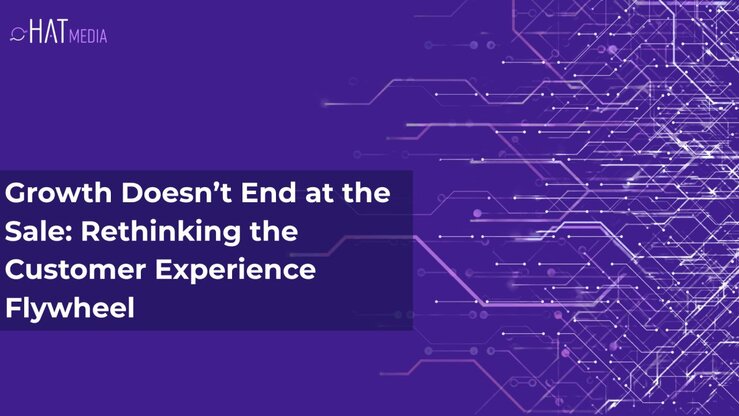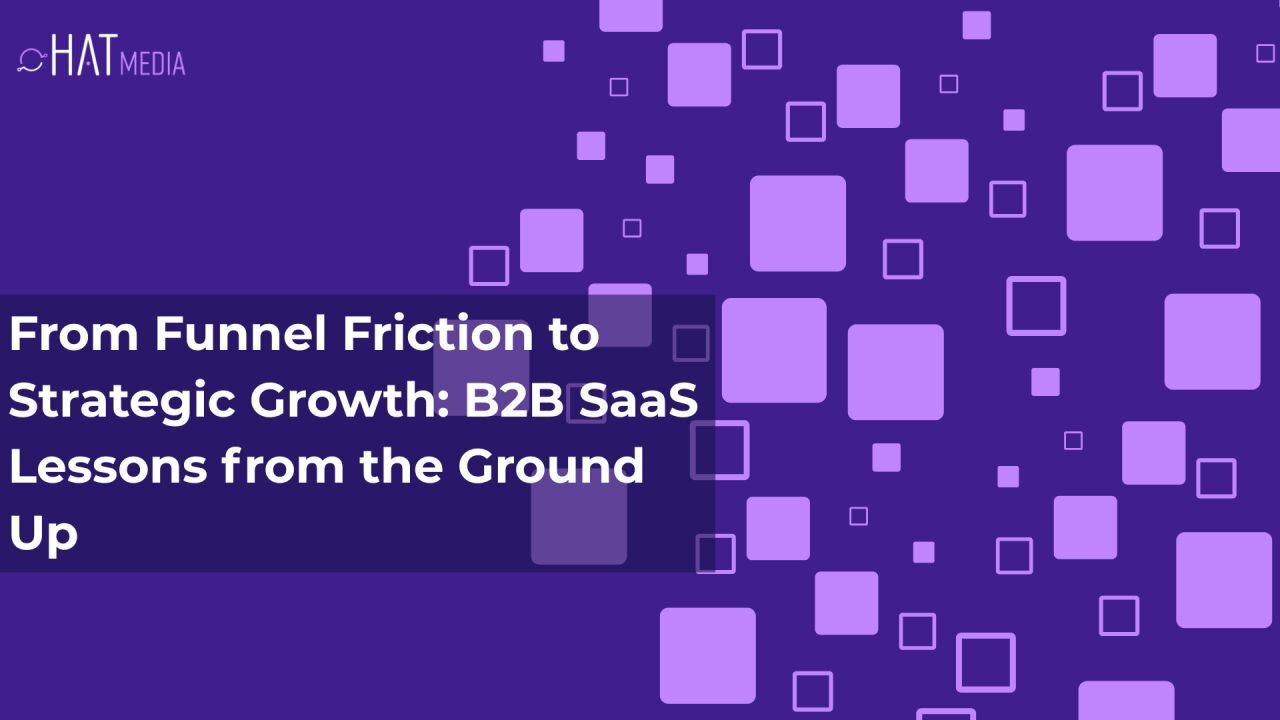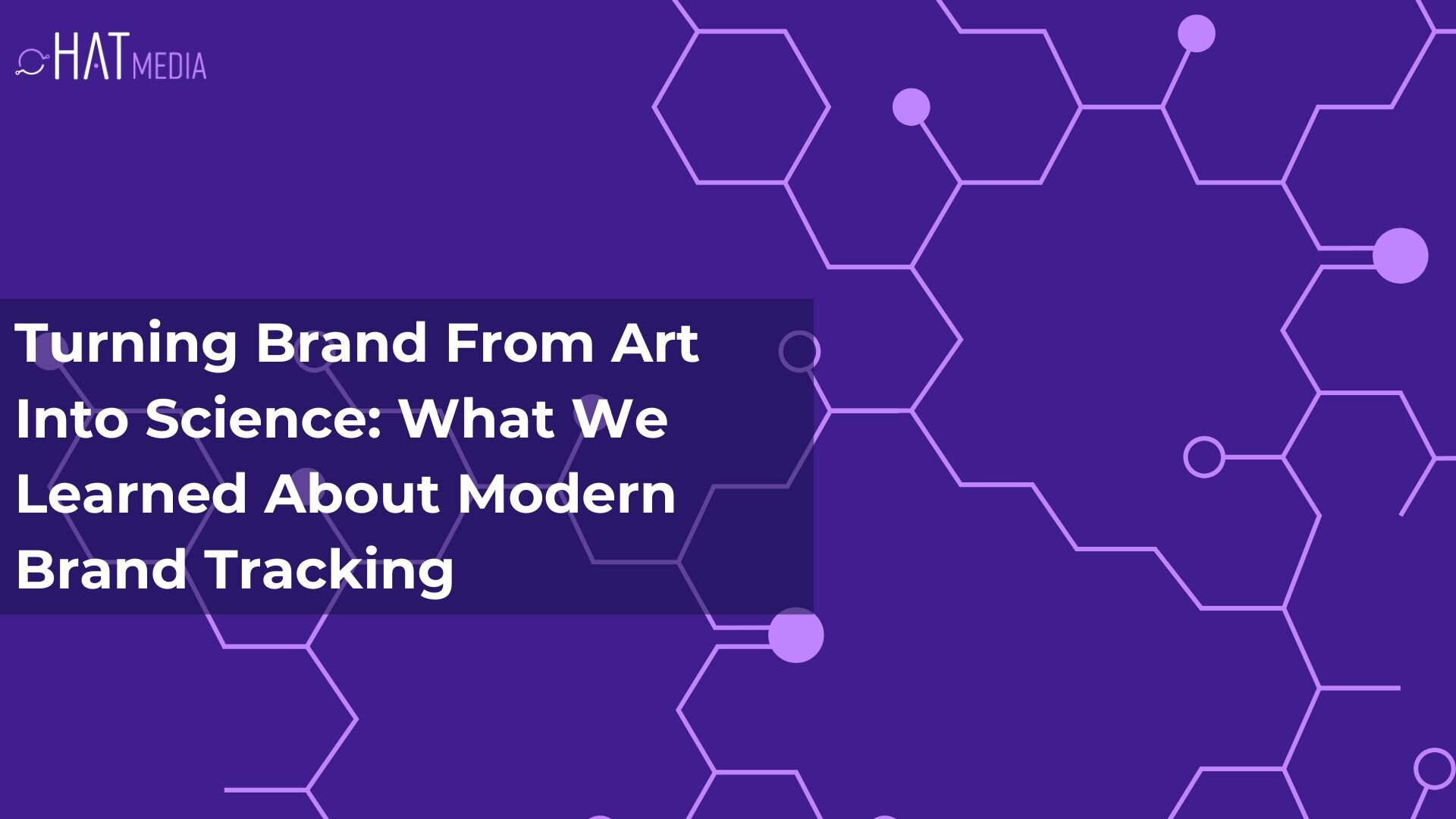Growth Doesn’t End at the Sale: Rethinking the Customer Experience Flywheel

In SaaS, growth has traditionally been mapped like a funnel: leads go in, sales convert, and retention keeps things steady in the background. But this static, linear thinking is quickly being replaced by something more dynamic. Something Rachael McBrearty, Chief Customer Officer at Evisort, calls “the experience flywheel.”
In a recent SaaS Stories episode, she shared what that shift looks like up close. Not in theory, but in practice from onboarding to advocacy, and from adoption to expansion. This edition of Under the Hat distills those insights into a modern CX playbook for SaaS and B2B teams looking to make customer success a true driver of revenue and reputation.
Want to Dive Deeper into This Topic? Watch the Full Episode Here
Onboarding Is Your Moment of Truth, Not Your Handoff
One of the first things Rachael made clear: retention doesn’t start at the first renewal. It starts immediately after the contract is signed.
It’s a crucial mindset shift. Many teams treat onboarding like a project plan. A set of checkboxes. Something to “get through.” But in truth, it’s the moment a customer decides whether or not they believe you can deliver on what was promised.
At Evisort, this meant rethinking onboarding entirely. Rather than a generic walkthrough, they created a guided, certifiable learning environment. They called it their customer academy and its purpose wasn’t to show off features, but to build confidence. Customers who complete the Academy even receive a badge.
The takeaway? When you invest in education and empowerment from day one, you increase product usage, reduce support tickets, and most importantly set the foundation for trust. That trust fuels everything that comes next. As Rachael states, if you do onboarding well, customers "forgive you a lot for a lot of things after that because you've established a relationship".
Post-Sale Experience Is a Revenue Driver, Not a Cost Centre
One of the more striking parts of our conversation was this idea: customer experience is not a service function it’s a growth function. Too often, companies treat customer support as a safety net, something reactive. But leading SaaS orgs are beginning to view their customer teams as essential growth drivers with commercial goals, not just satisfaction targets.
This looks like:
- Proactively identifying upsell and cross-sell opportunities based on product usage, and building out the product portfolio to offer more solutions.
- Partnering with marketing to deliver lifecycle content that drives maturity.
- Tracking leading indicators of health, not just lagging ones like churn or NPS.
Rachael explained that when customer success, marketing, and product are aligned around common KPIs like Net Revenue Retention (NRR), the business doesn’t just keep customers, it grows with them. This is especially powerful in a world where CAC is rising, outbound is noisier than ever, and renewals are no longer guaranteed. As Rachael emphasises, her philosophy for customer success as a Chief Customer Officer "is revenue" customers need to "stay and grow"
Feedback Loops Should Be Embedded, Not Periodic
Another standout point: if you’re only collecting feedback once a year, you’re missing the signal.
Rachael spoke about the need for “always-on” listening.” At Evisort, feedback doesn’t just happen via formal surveys. It’s embedded into the journey: A short sentiment pulse after onboarding.
- Friction alerts based on usage gaps.
- Micro-check-ins after key success milestones.
For example, her team uses a simple five-circle PowerPoint slide for quarterly meetings, asking customers to rate different aspects of the relationship with "red, yellow, or green".
This creates what she described as real-time intelligence, the ability to adjust in the moment, not just retroactively fix mistakes months later. It also builds internal momentum. If product, support, and marketing teams have access to this feedback, they can course-correct faster and deliver more relevant experiences whether it’s fixing a UX issue or updating messaging to reflect customer language.
AI is Only Useful If It Enhances Human Connection
There’s a lot of buzz around AI right now and Rachael was refreshingly honest about it. Yes, her team uses AI for document intelligence, gaining insights on legal and business documents to help companies reduce spend, increase revenue, and mitigate risk. She also mentions AI for summarizing meetings and automating reporting. But the purpose is always the same: to make human connection more meaningful.
One example she gave: after using Gong to analyse customer sentiment at scale, her team didn’t just stop at the insight. They used it to trigger personal, empathetic outreach.
This is a lesson many SaaS teams need to hear: if your AI investments are just about internal efficiencies, you’re missing the point. The real value comes when AI makes your customers feel more seen, more supported, and more successful.
As Rachael explains, AI should "free us up to do, spend more time with clients, which is what we should be doing”.
The golden rule? Automate context. Personalise connection.
Cross-Functional Alignment Is the Hidden Accelerator
Something that came through again and again in the episode was the importance of internal alignment. Rachael talked about how customer success is a "team sport". Support doesn’t live in a vacuum.
Neither does onboarding. Or marketing. Or product.
In her view, customer experience is the output of everyone's work which means everyone needs to be aligned on:
- What success looks like for each segment.
- What the key value moments are.
- What tools, content, or support customers need at each stage.
She even shared that at Evisort, their internal teams meet regularly to review customer journeys, not just revenue numbers. They look at drop-off points, common questions, and feature adoption trends all with the goal of building a better experience end-to-end. This is where many SaaS orgs fall short. Without shared ownership, experience becomes fragmented and so does retention.
Why Advocacy Doesn’t Just Happen It’s Earned
A final insight worth highlighting: referrals aren’t a marketing campaign. They’re the outcome of real customer wins.Rachael noted that customers become advocates when they:
- See tangible ROI.
- Feel deeply supported and trust you to help them achieve their end goals.
- Are proud to align their own brand with yours.
This flips the script. Rather than gamifying referrals with discounts or perks, great SaaS companies earn advocacy by helping their customers win.
In fact, Rachael noted that "quite a bit of the net new business" at her last company came from repeat or referenced customers, a phenomenon they tracked and called "virality".
Want more referrals? Don’t build a better program. Build a better experience.
Closing Thoughts
What made this conversation with Rachael so valuable wasn’t just the strategies or success stories, it was the clarity she brought to something many SaaS companies still overcomplicate.
Customer experience isn’t fluff. It’s not a department. It’s not a post-sale add-on.
It’s your competitive advantage if you design it that way.
If you're scaling a SaaS business today, this is your reminder: the most powerful growth lever isn’t paid ads or a new outbound sequence. It’s what your customer says about you after month one.

